As part of the pre-start check, a truck driver should be checking everything’s looking good in the cab.
Seat inspection
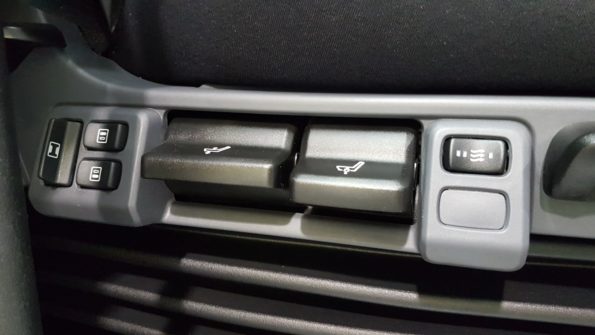
A good seat improves driver comfort, reducing the impact of vibration and harshness on the driver’s spine, and it reduces fatigue. To check the seat:
- Rock the seat gently to check it’s not loose; look for damage to the base or back
- Check that the controls for height, lumbar and rear pitch work and there are no air leaks
- When sitting on the seat, check it will slide backwards and forwards.
Seatbelt inspection
As this device could save your life, it needs to be checked.
- Does the seatbelt recoil and lock correctly? Dust in the mechanism can interfere with this, so check it recoils all the way and check that when you yank it, it locks quickly
- Jamming the seatbelt in the door can cause damage – this is more likely if the recoil mechanism isn’t working
- Exposure to sunlight breaks down the integrity of the webbing. Check for fraying at the edges
- If your truck is old, or the type of driving you do means you’re in an out of the seat frequently, keep an eye on the buckle as these can wear out over time.
Air conditioning inspection
- Air conditioning improves driver comfort and reduces fatigue.
- Check the control panel has all the switches and knobs present and that the rotate or move as expected
- Start the engine and check that cold air comes through quickly and that the fan works on different speeds. If the temperature is not cold, it may need to be re-gassed.
Radio inspection
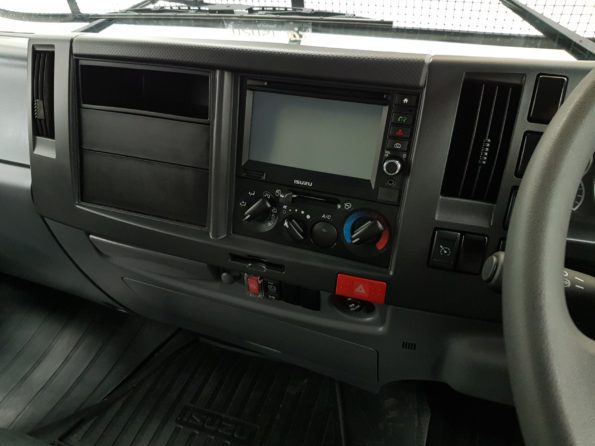
- Check the conditions of the buttons
- Check that some stations are preset so that the driver doesn’t have to manually scan through while driving
- Check that the speakers are in good working order without rattles or damage that might cause a driver to turn them up to an unhealthy level.
Dashboard inspection
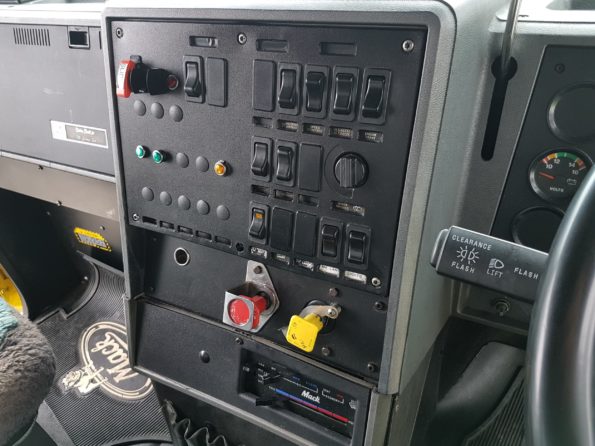
- When turning on the ignition, check that all lights illuminate then go out as they are checked.
- All gauges should function and be backlit
- Test functions of your truck like the lights, hazard warning lights, indicators, high beams, etc, to check the dashboard lights work.
- Do the battery and oil warning lights go out once the vehicle is started?
- Are there any other warning lights?
Handles and steps inspection
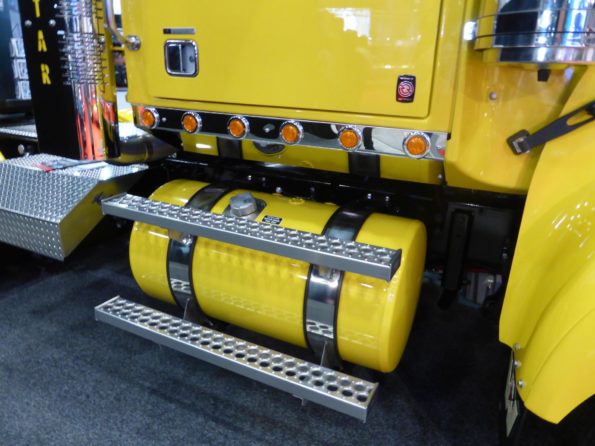
When climbing into and out of a truck, you’ll use three points of contact. All handles should be securely in place to minimise the risk of you falling. Check the steps for damage as this will cause a fail in a roadside inspection.
General inspection
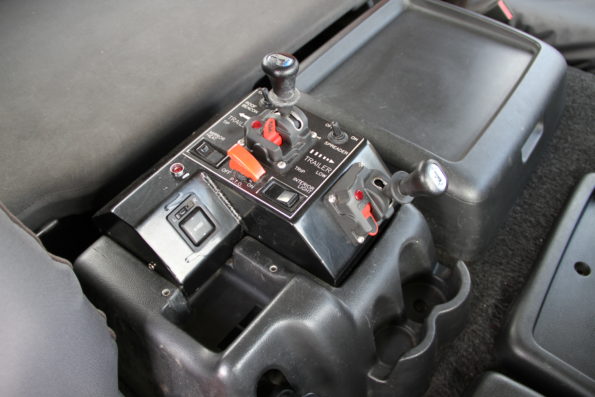
- Do you have enough supplies – cleaning rags, food, etc?
- Are features in your sleeper cab in good condition?
- Is your registration current and do you need a service?
- Are all plastic fascias secure so they don’t rattle?
- Are all auxiliary functions such as spotlights, PTO, beacons, etc, clearly labelled
- Are there any cracks in the windscreen?
- Is your fire extinguisher expired?
